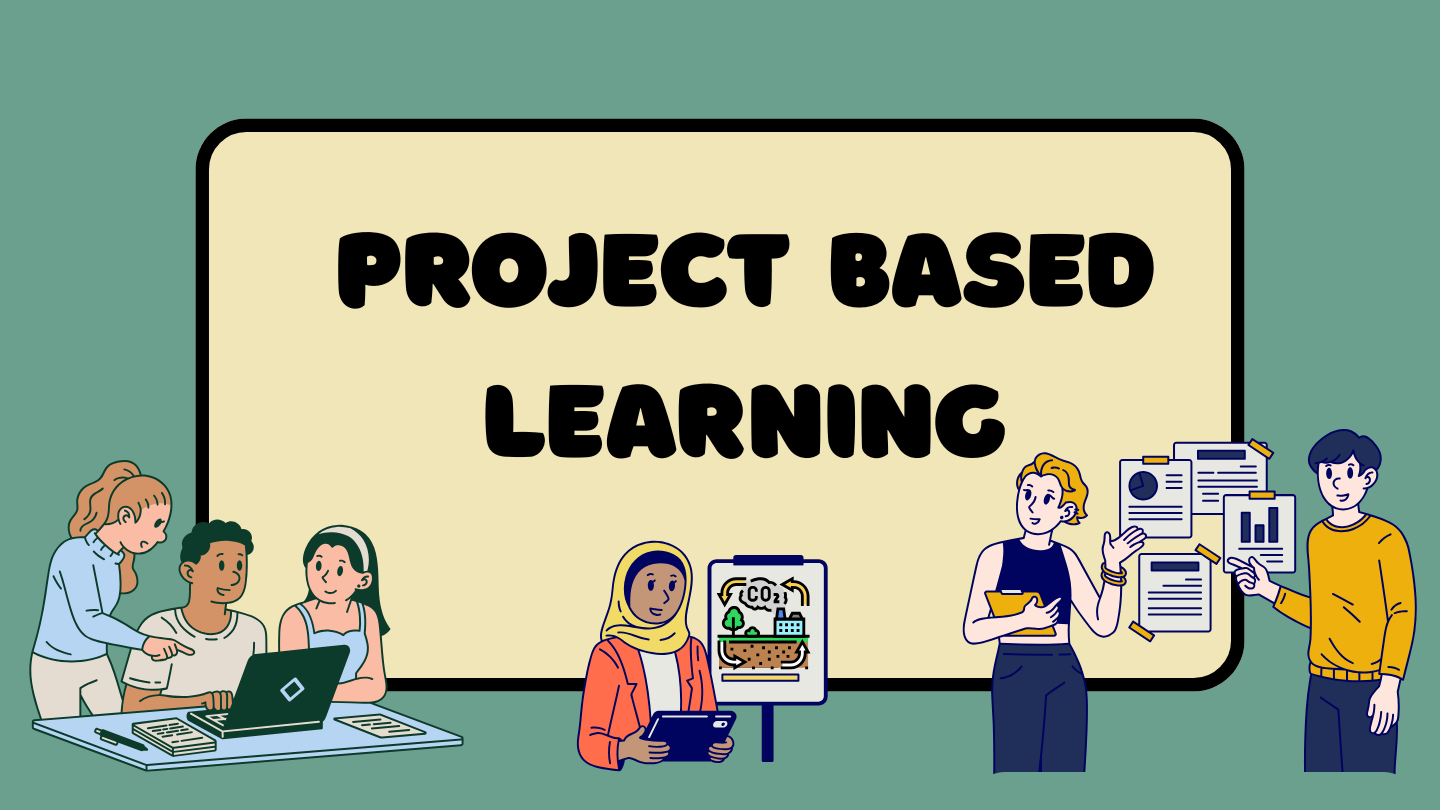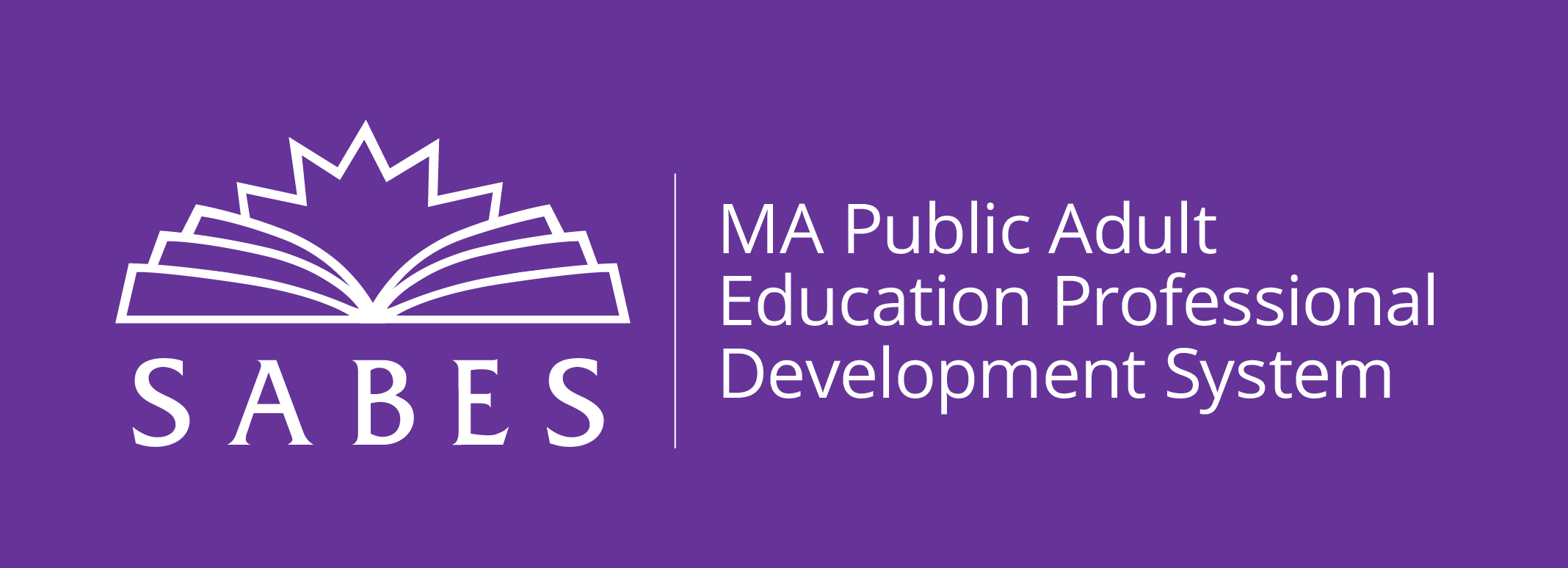
What is Project Based Learning?
Project Based Learning (PBL) is a teaching approach in which students learn skills that matter (critical thinking, communication, processing and analyzing information, self-awareness, problem-solving, navigating systems, adaptability and willingness to learn, respecting differences and diversity, and interpersonal skills) by actively engaging in real-world, meaningful projects. Research shows this to be one of the most effective ways to engage adult learners, challenging them to collaboratively explore and solve problems and share their results with an audience.
These steps are one way to use a Project Based Learning Plan:
- Step 1: The teacher introduces the PBL unit by sharing the theme and driving question.
- Step 2: The teacher shares the product options (a plan, presentation, graph, video, etc.) and schedule with the learners.
- Step 3: With student input, the teacher facilitates activities from the resource list that give students more information about the content needed to create a product that answers an aspect of the driving question. The teacher provides resources for the class, individuals, or groups that either support learning the content or support the inquiry process.
- Step 4: Learners complete their project and publish or present their work publicly.
- Step 5: The teacher and students reflect and assess their products and the process.
In the following section, you can find general PBL resources as well as content-specific resources curated by the SABES Curriculum & Instruction PD Teams.
PBL Resources (General)
- PBLWorks website
- PBLWorks Project Planner Template
- Gold Standard PBL: Project-Based Teaching Practices
- Project-based Learning Plan Template
- Project-based Learning: Explained (PBLWorks video; 3:49 min)
- Seven Essentials for Project-Based Learning
- Accountable Talk Conversation Starters (student resource)
PBL Resources (ESOL)
- Project-Based Learning for Adult English Language Learners
- Supporting ELLs in PBL Projects
- Looking at the Bigger Picture: 7 Tips for Using Project-Based Learning in the ESL Classroom
- Memory Quilt Project
- Our School Garden project
PBL Resources (Math)
Support for the Project-Based Learning Process
Project Based Learning: Diabetes Theme
- Project-Based Learning Plan - Diabetes
- Diabetes Project Materials (includes photo sets, slow reveal graph, EdPuzzle video list, and activity sheets)
- PBL Diabetes Case Study
PBL Resources (ELA)
English Language Arts project- and problem-based curriculum examples


